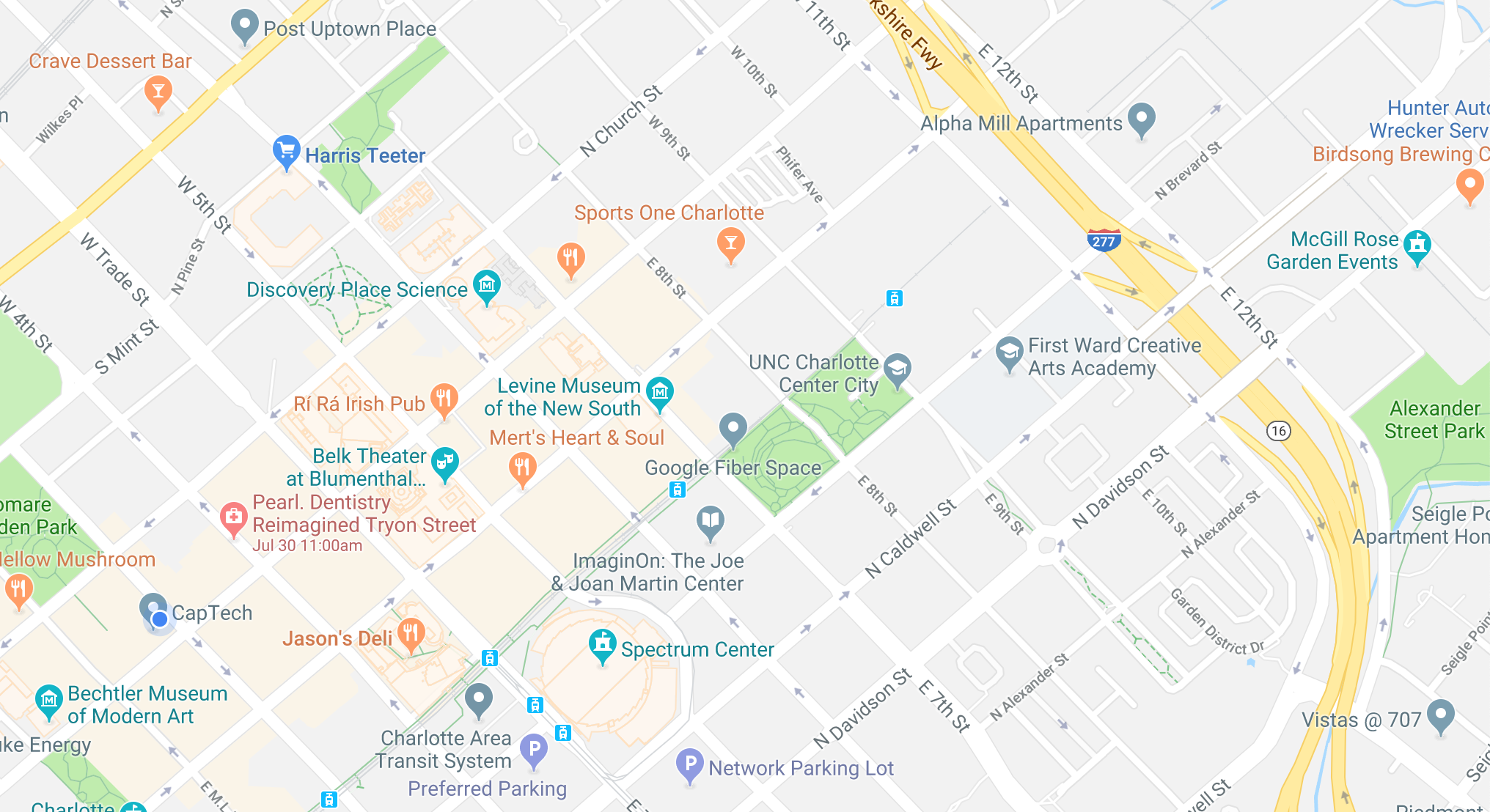

Change the code as per screenshot below.Now we need to turn the query to a function so that we can invoke it for all coordinates we have in our dataset. So far we loaded the geo-location information for just one coordinate. Click “Reverse Rows” to show the second row first As you see the second row contains the column names.So go to “transform” tab and click “Transpose”

#Google maps api how to
I assume you already have an existing Google account or you know how to create a new one, so I jump straight into the next step which is activating geocoding API. Find a desired API in Google Developers Guide.To be able to follow this post steps you need to: In this article I show you how to get all of these information out of Google Maps by passing existing coordinates to Google Maps geocoding API. Or you might want to use postal code in a slicer. This can be done from Query Editor in M language.īut, in some cases you need some more geo-information like Country, City, Post Code and Street Address in a table as well. You can also concatenate the latitude and longitude data and use it as Location in your Map visualisation. You can simply put latitude and longitude on a Map visualisation and you’re good to go. GPS tracking devices are creating lots of data including geographic coordinates which can be easily used in Power BI. How to import your CSV files into a Power BI model is out of scope of this article so I leave it to you for any further investigations. But, if you want to do some more specific data analytics like in which area of the city you created more power during your cycling activities then those websites might not give you what you want for free.įor instance, you can export your device data to CSV then import and append all CSV files into a Power BI model and create amazing analytical reports. I know you can load your GPS tracking data into athletic social networks to analyse your activities. The data could be generated by any sort of GPS tracking device like your Garmin cycling GPS computer, your Fitbit watch etc. from existing latitude and longitude values. The use case scenario could be getting address, postal code, etc. In this post I explain how to use Google Maps APIs to retrieve useful information out of Google Maps.


 0 kommentar(er)
0 kommentar(er)
